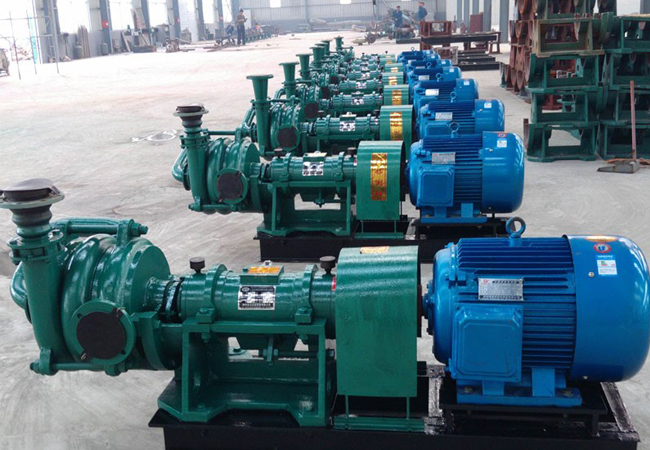English
- Afrikaans
- Albanian
- Amharic
- Arabic
- Armenian
- Azerbaijani
- Basque
- Belarusian
- Bengali
- Bosnian
- Bulgarian
- Catalan
- Cebuano
- Corsican
- Croatian
- Czech
- Danish
- Dutch
- English
- Esperanto
- Estonian
- Finnish
- French
- Frisian
- Galician
- Georgian
- German
- Greek
- Gujarati
- Haitian Creole
- hausa
- hawaiian
- Hebrew
- Hindi
- Miao
- Hungarian
- Icelandic
- igbo
- Indonesian
- irish
- Italian
- Japanese
- Javanese
- Kannada
- kazakh
- Khmer
- Rwandese
- Korean
- Kurdish
- Kyrgyz
- Lao
- Latin
- Latvian
- Lithuanian
- Luxembourgish
- Macedonian
- Malgashi
- Malay
- Malayalam
- Maltese
- Maori
- Marathi
- Mongolian
- Myanmar
- Nepali
- Norwegian
- Norwegian
- Occitan
- Pashto
- Persian
- Polish
- Portuguese
- Punjabi
- Romanian
- Russian
- Samoan
- Scottish Gaelic
- Serbian
- Sesotho
- Shona
- Sindhi
- Sinhala
- Slovak
- Slovenian
- Somali
- Spanish
- Sundanese
- Swahili
- Swedish
- Tagalog
- Tajik
- Tamil
- Tatar
- Telugu
- Thai
- Turkish
- Turkmen
- Ukrainian
- Urdu
- Uighur
- Uzbek
- Vietnamese
- Welsh
- Bantu
- Yiddish
- Yoruba
- Zulu
Telephone: +86 13120555503
Email: frank@cypump.com
Oct . 06, 2024 01:47 Back to list
sewer system pump out
Understanding Sewer System Pump Outs Importance and Best Practices
Sewer systems are vital to urban infrastructure, ensuring the efficient management of wastewater and stormwater. However, like any system, they require regular maintenance to function effectively. One crucial aspect of this maintenance is the process of pump outs, particularly in areas where sewage can accumulate due to blockages, design flaws, or heavy rainfall. This article explores what sewer system pump outs entail, their significance, and best practices for implementation.
A sewer system pump out refers to the process of removing accumulated sewage and waste from sewer lines, holding tanks, or treatment facilities. This is usually done using specialized vacuum trucks equipped with powerful pumps capable of suctioning out solids and liquids. The frequency of pump outs can greatly vary based on several factors, including the design of the sewer system, the volume of waste generated, and environmental conditions.
One significant reason for regular pump outs is to prevent sewer backups. Blockages can lead to sewage overflow, which poses serious health risks to the public and can damage local ecosystems. When waste accumulates beyond the capacity of the system, it can force harmful materials back into homes, creating unsanitary conditions. Regular maintenance through pump outs minimizes these risks, protecting both human health and the environment.
Moreover, pump outs are essential for maintaining the efficiency of wastewater treatment facilities. Inadequate pump out procedures can lead to the deterioration of treatment equipment and inefficiencies in processing waste. Over time, this can result in increased operational costs and delays in addressing wastewater needs.
sewer system pump out

To ensure effective pump outs, municipalities and property owners should follow best practices. First, establishing a regular maintenance schedule is critical. Depending on system capacity and usage, this could range from monthly to annual pump outs. Additionally, keeping detailed records of pump out activities can help identify patterns or potential issues, facilitating proactive maintenance.
It is also essential to utilize trained professionals who understand the specific needs of the sewer system. These experts can not only perform the pump outs but also advise on improvements to prevent future issues. Additionally, using environmentally-friendly methods and ensuring that waste is disposed of according to regulations are crucial for minimizing ecological impact.
Another best practice involves public education. Homeowners should be aware of the dos and don’ts related to what can be flushed down toilets or disposed of through sinks. Items like grease, food scraps, and personal hygiene products can lead to significant blockages, increasing the frequency of necessary pump outs.
In conclusion, sewer system pump outs are a critical component of urban waste management, ensuring that our communities remain healthy and functional. By adhering to best practices and prioritizing regular maintenance, municipalities and property owners can not only prevent costly repairs but also safeguard public health and the environment. A proactive approach to sewer system maintenance will lead to a cleaner, safer, and more sustainable future for all.
-
ISG Series Vertical Pipeline Pump - Chi Yuan Pumps | Advanced Engineering&Industrial Efficiency
NewsJul.30,2025
-
ISG Series Pipeline Pump - Chi Yuan Pumps | High Efficiency, Energy Saving
NewsJul.30,2025
-
ISG Series Vertical Pipeline Pump-Chi Yuan Pumps|High Efficiency&Reliable Performance
NewsJul.29,2025
-
ISG Series Vertical Pipeline Pump|High Efficiency&Low Noise
NewsJul.29,2025
-
ISG Series Vertical Pipeline Pump - Chi Yuan Pumps Co., LTD.|High Efficiency, Energy Conservation, Low Noise
NewsJul.29,2025
-
ISG Series Vertical Pipeline Pump-Chi Yuan Pumps Co., LTD.|High Efficiency&Energy-Saving
NewsJul.29,2025










